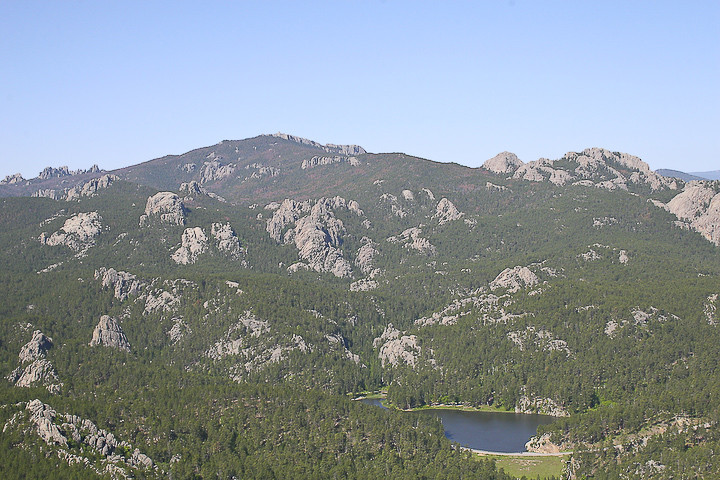Information: P Waves travel an average of 5000 m/s through North America. S Waves travel an average of 3000 m/s. You also have a record of earthquake activity from five different seismograph stations throughout the United States. The seismograms are visible on this map. (Open these seismograms in a new tab in order to get a good look - you will have to right-click on the seismogram to do this.)
View Locate the Earthquake in a larger map
After you figure out how far each station is away from the epicenter, use this mapping tool. It will allow you to draw measured circles around different locations to pinpoint this earthquake’s epicenter. Good luck!
In your comment below, answer these simple questions:
- Where did this earthquake happen? (Where was the epicenter?)
- When did this earthquake happen? (answer to the nearest second)
- How did you figure it out?
- 3 Bonus points on your Earthquakes Standard Check
- Mike & Ike's with Mr. Hoegh
- One game of H-O-R-S-E with Mr. Hoegh
- A Homemade Christmas Card from Mr. Hoegh's daughters
- One game of catch (football, baseball, softball, or frisbee) with Mr. Hoegh
- 15 Minutes of Pepper (volleyball) with Mr. Hoegh
- 2 Karaoke Songs by (or with) Mr. Hoegh








